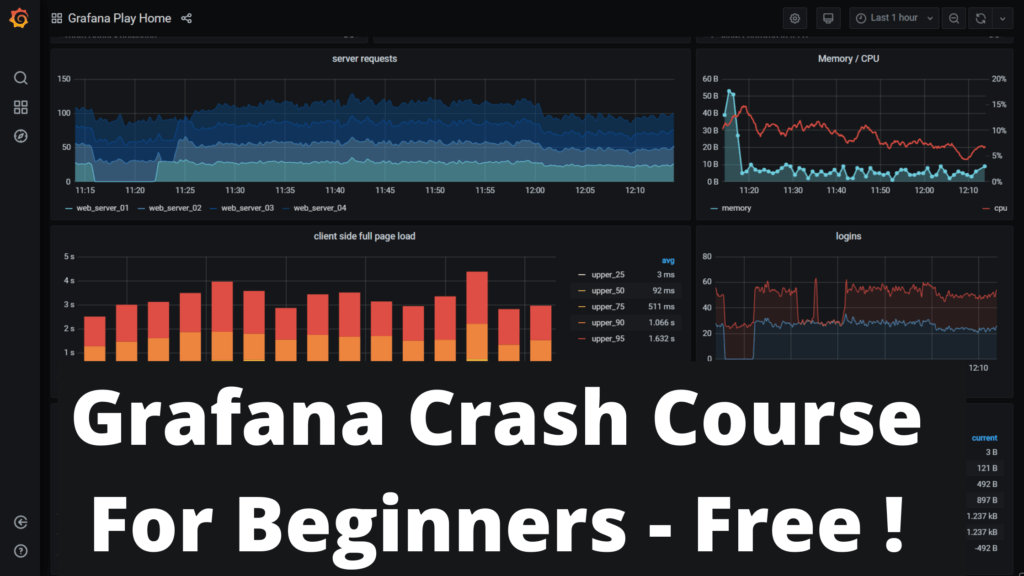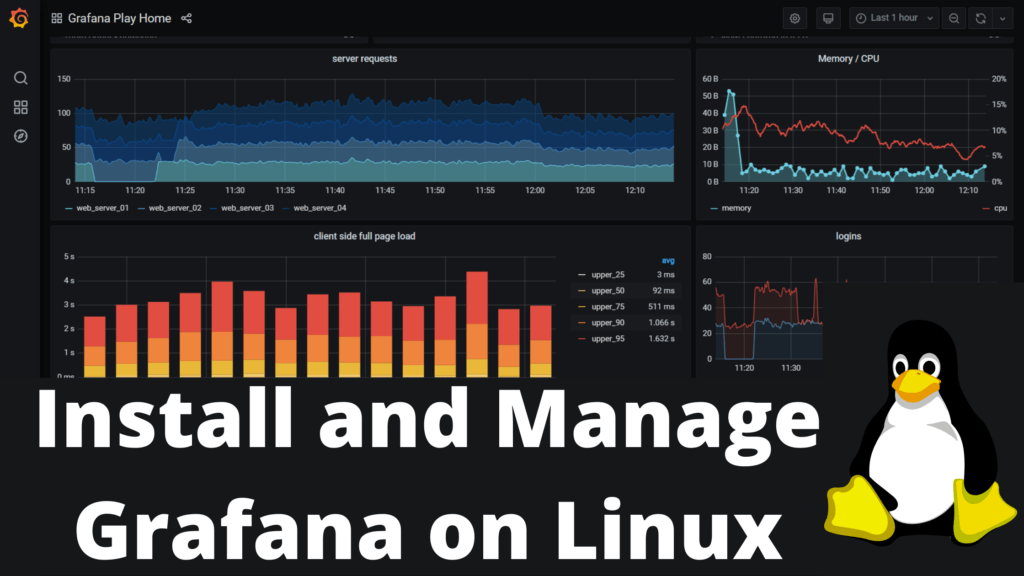New Relic Vs. Grafana, The right tools play a crucial role in IT operations and application performance monitoring. When it comes to this, New Relic and Grafana are frequently mentioned and compared. Both platforms are powerful and offer distinct features and strengths. This article aims to assist you in deciding which option, New Relic or Grafana, aligns best with your business requirements.
Table of Contents
Understanding New Relic
New Relic is a comprehensive observability platform designed to help teams monitor, troubleshoot, and optimize the performance of their applications and infrastructure. It offers a range of features including application performance monitoring (APM), infrastructure monitoring, real user monitoring (RUM), and synthetic monitoring.
- APM: New Relic’s APM provides deep visibility into the performance of your applications, allowing you to quickly identify and resolve issues before they impact your users.
- Infrastructure Monitoring: With New Relic Infrastructure, you can monitor the health and performance of your servers, containers, and other infrastructure components in real-time.
- Real User Monitoring: New Relic’s RUM gives you insight into how your users are experiencing your applications, helping you prioritize improvements that will have the greatest impact.
- Synthetic Monitoring: With synthetic monitoring, you can simulate user interactions with your applications to proactively detect and address performance issues.
Exploring Grafana
Grafana is an open-source analytics and monitoring platform that allows you to query, visualize, and alert on your metrics data from multiple sources. It’s highly extensible and supports a wide range of data sources, including popular time-series databases like Prometheus, InfluxDB, and Graphite.
- Visualization: Grafana’s powerful visualization capabilities allow you to create rich, interactive dashboards that give you insight into the performance and health of your systems.
- Data Source Support: Grafana supports a wide range of data sources, making it easy to aggregate and analyze metrics from multiple sources in one place.
- Alerting: Grafana’s alerting features allow you to set up custom alerts based on the metrics and thresholds that matter most to your business, ensuring that you’re notified immediately when issues arise.
- Extensibility: Grafana is highly extensible, with a large ecosystem of plugins and integrations that allow you to customize and extend its functionality to suit your specific needs.
Key Differences and Considerations
While both New Relic and Grafana offer powerful monitoring capabilities, there are some key differences to consider when choosing between them:
- Ease of Use: New Relic is known for its ease of use and quick time-to-value, making it a great choice for teams that need a monitoring solution that’s easy to set up and use out of the box.
- Flexibility and Customization: Grafana offers greater flexibility and customization options, making it a better choice for teams that have specific requirements or need to integrate with a wide range of data sources.
- Cost: New Relic offers a range of pricing plans to suit different budgets, while Grafana is open-source and free to use. However, Grafana’s enterprise offering, Grafana Cloud, does come with a cost.
Conclusion
In conclusion, both New Relic and Grafana are powerful monitoring tools that can help you gain insight into the performance and health of your applications and infrastructure. The right choice for your business will depend on your specific requirements, including ease of use, flexibility, and cost. Consider evaluating both options to determine which one best meets your needs and objectives.
References
- New Relic: New Relic Website
- Grafana: Grafana Website


